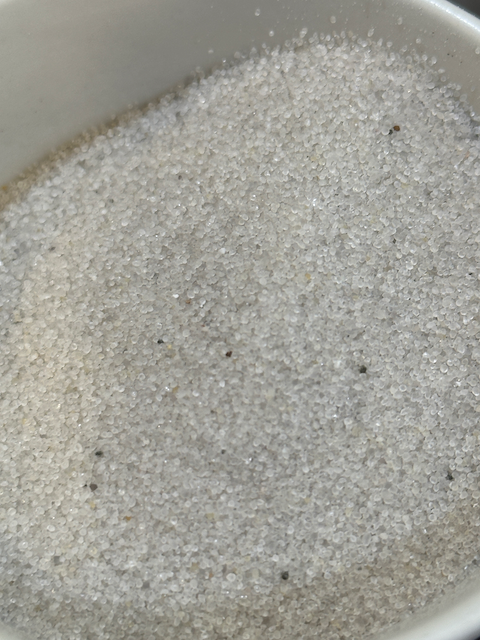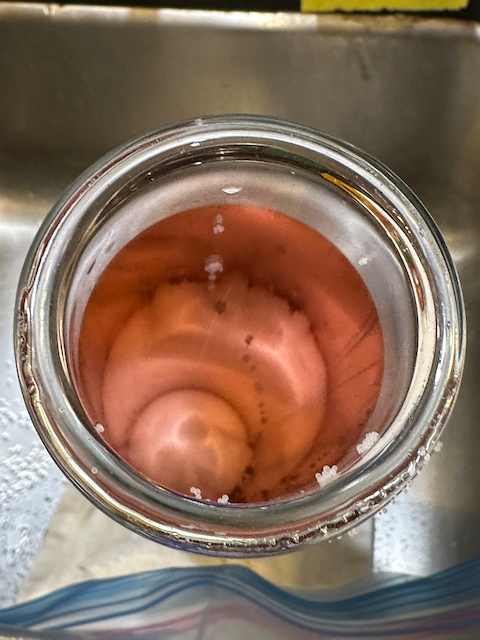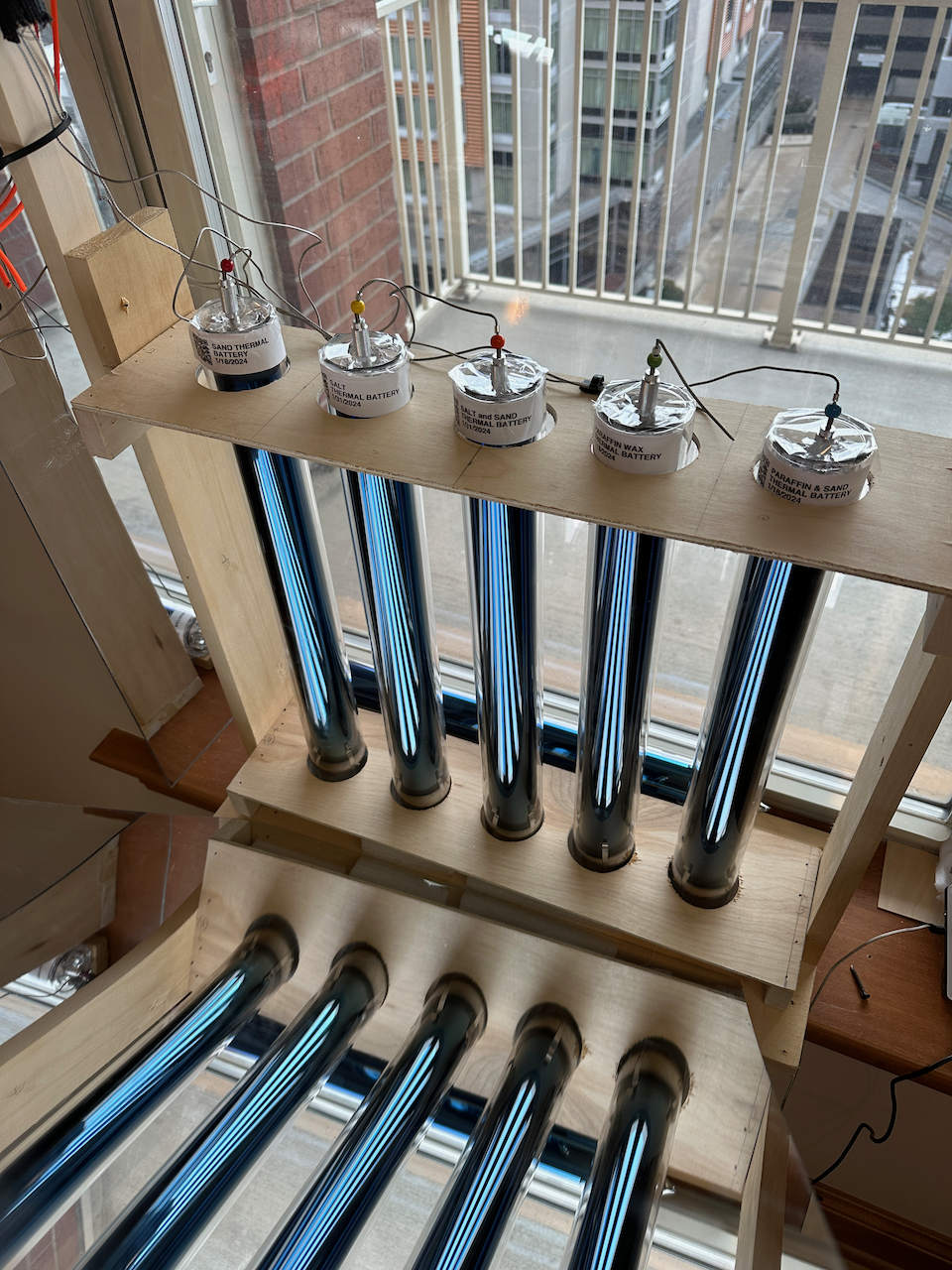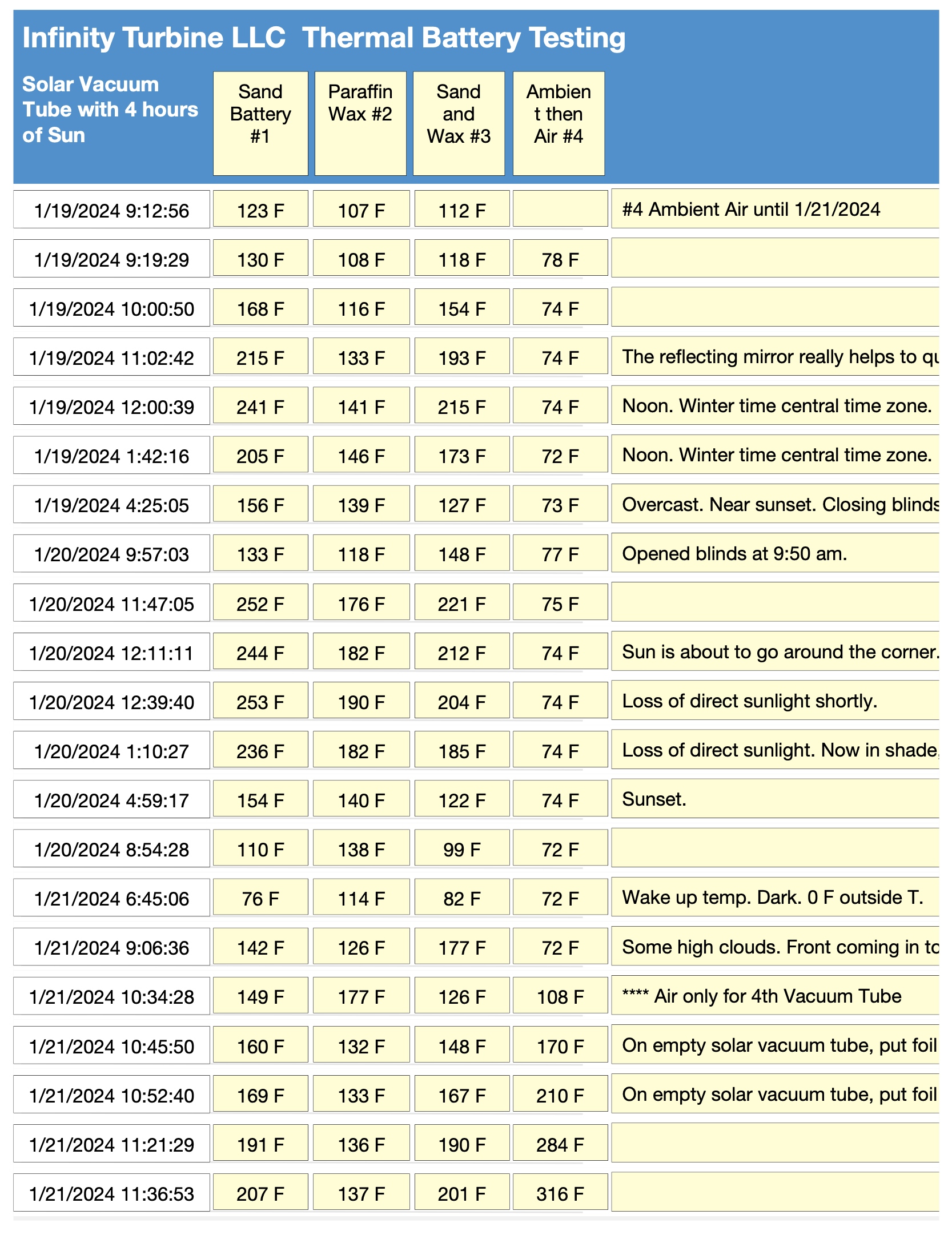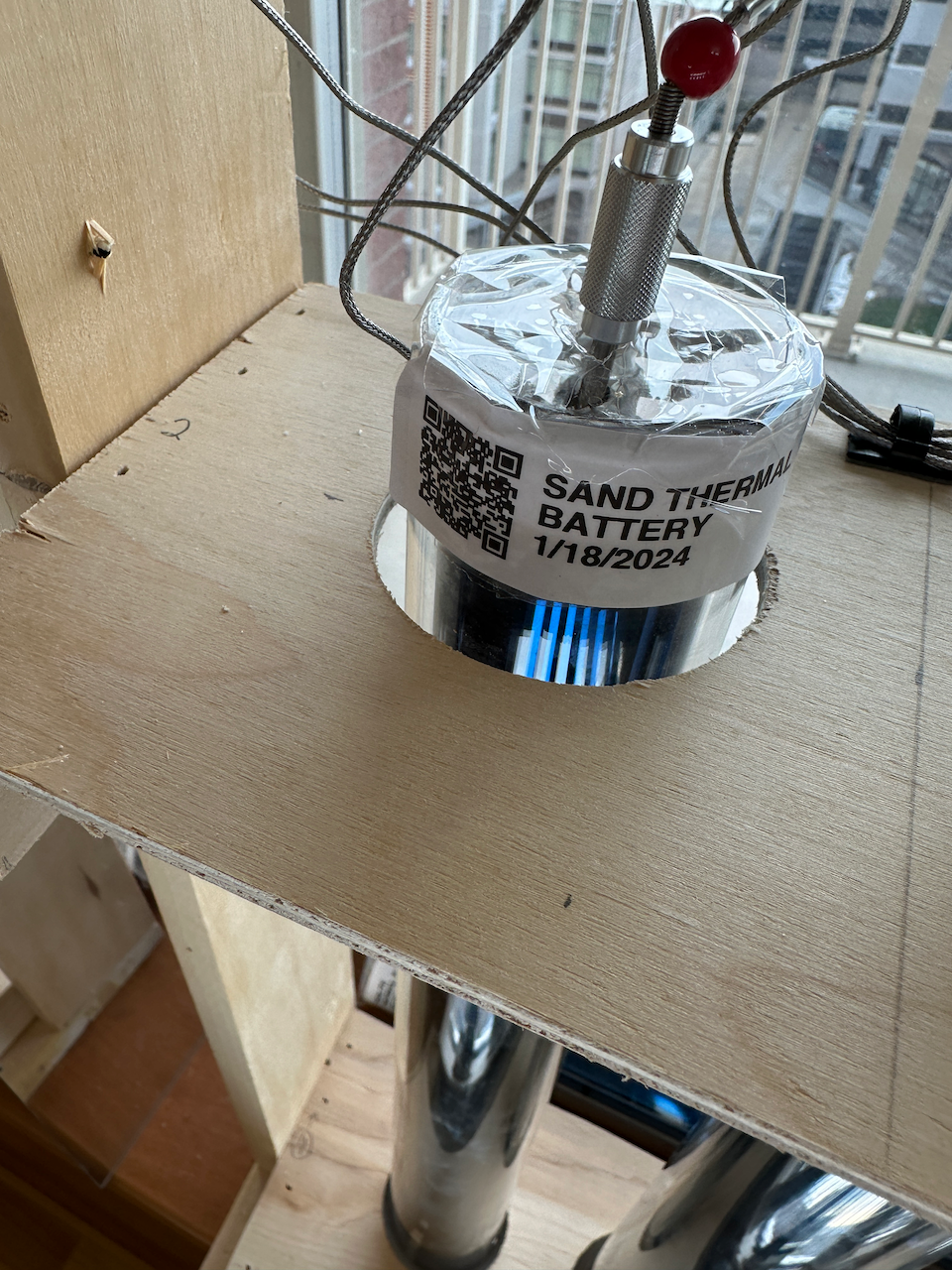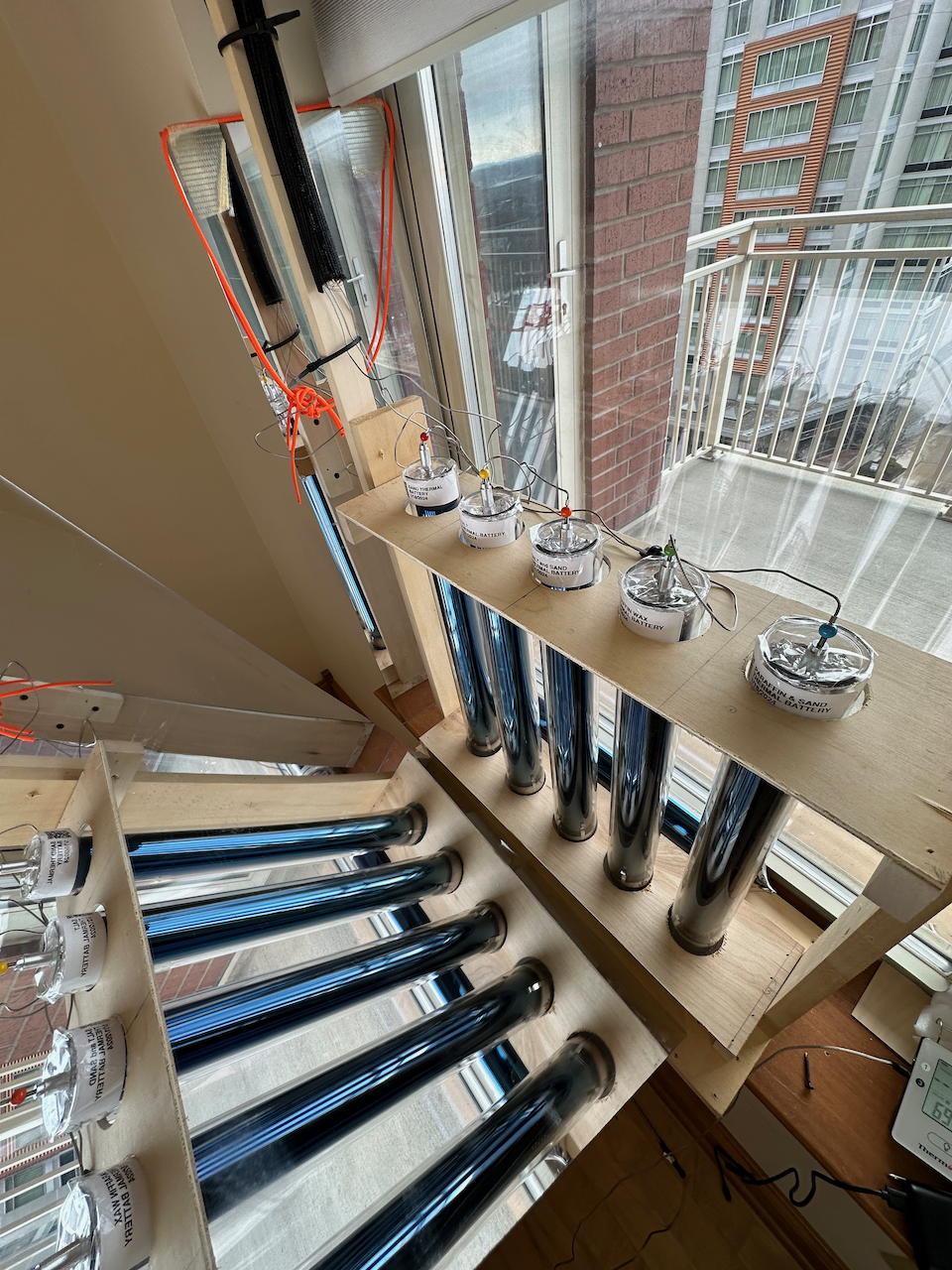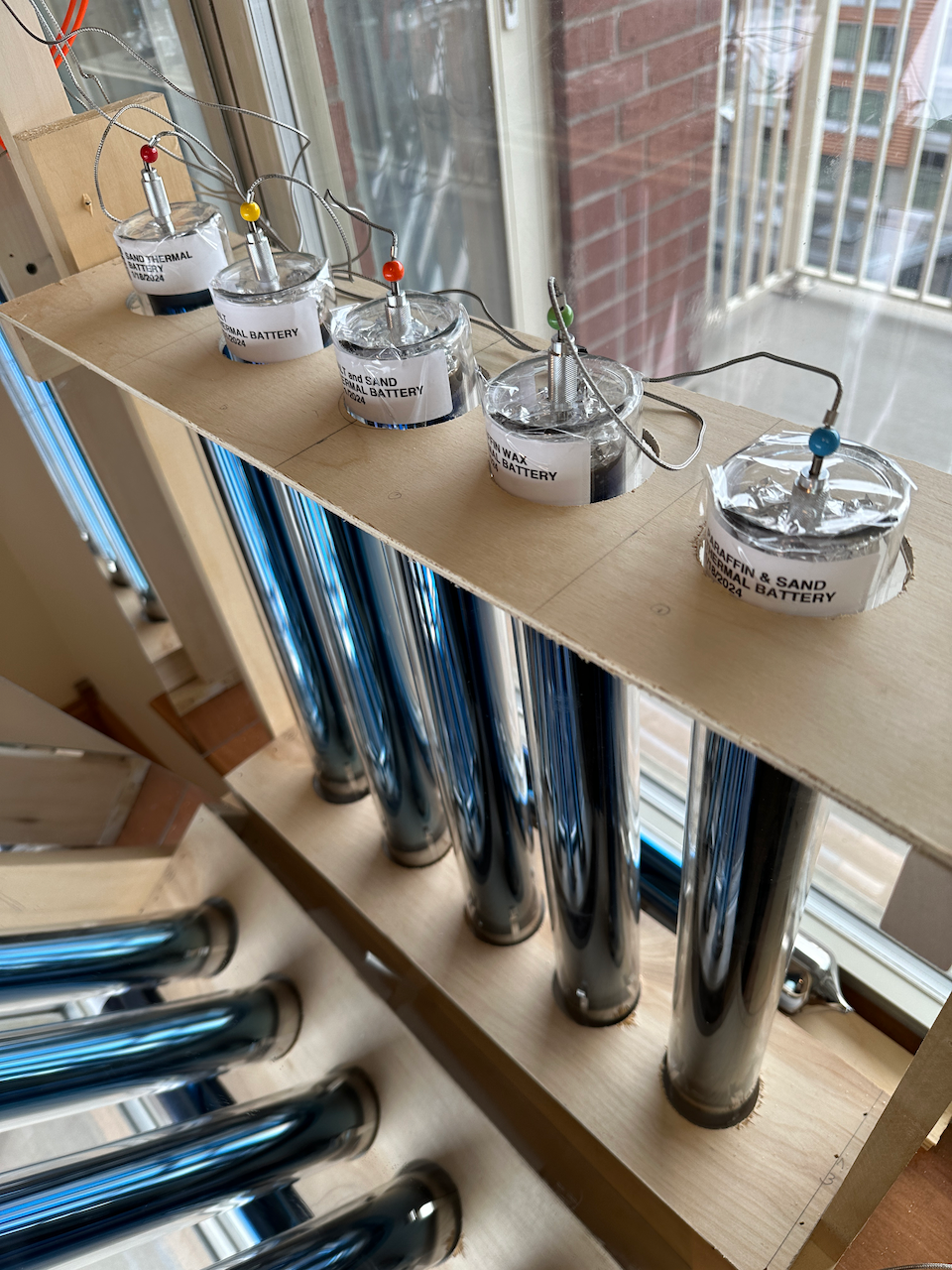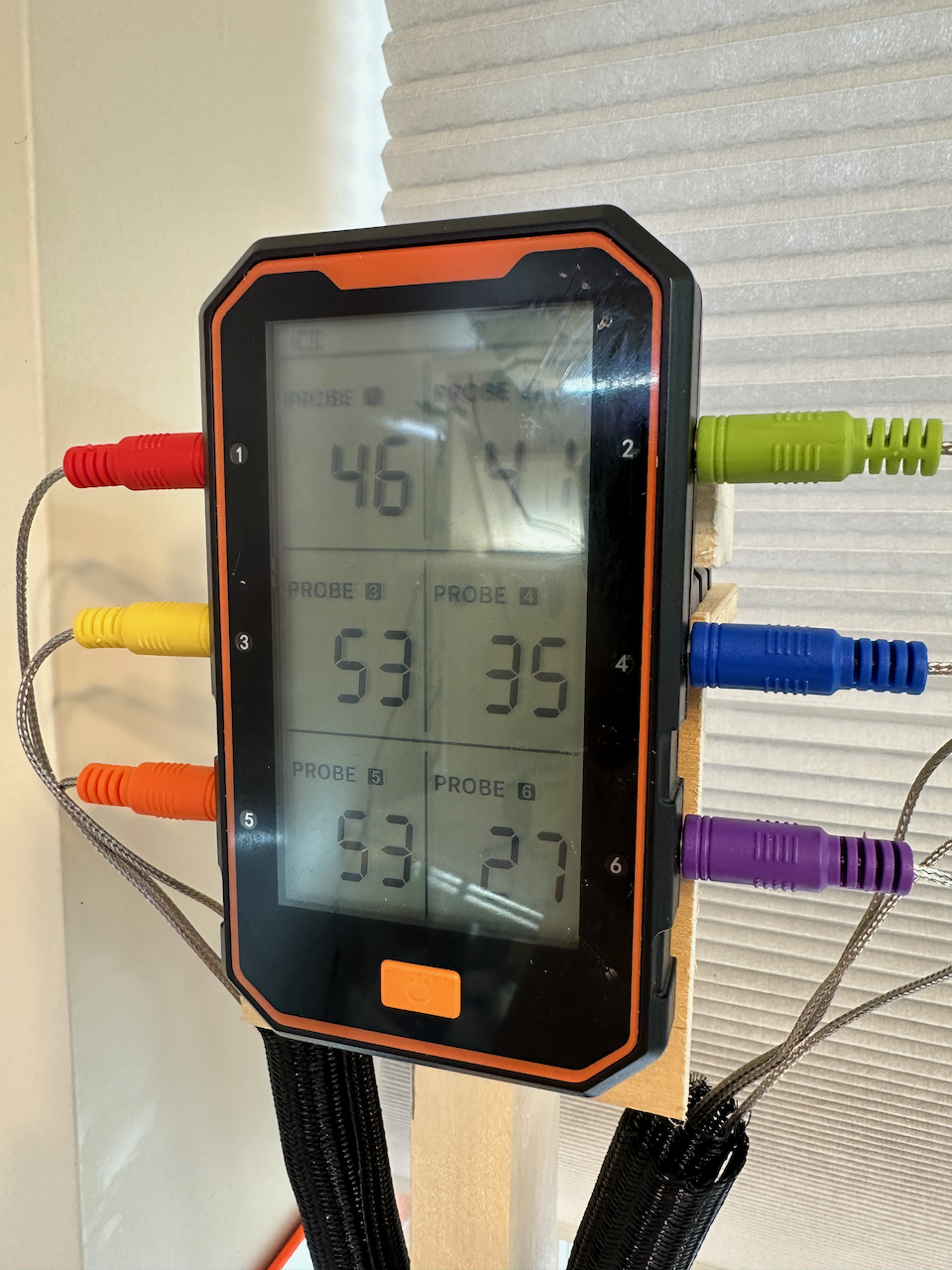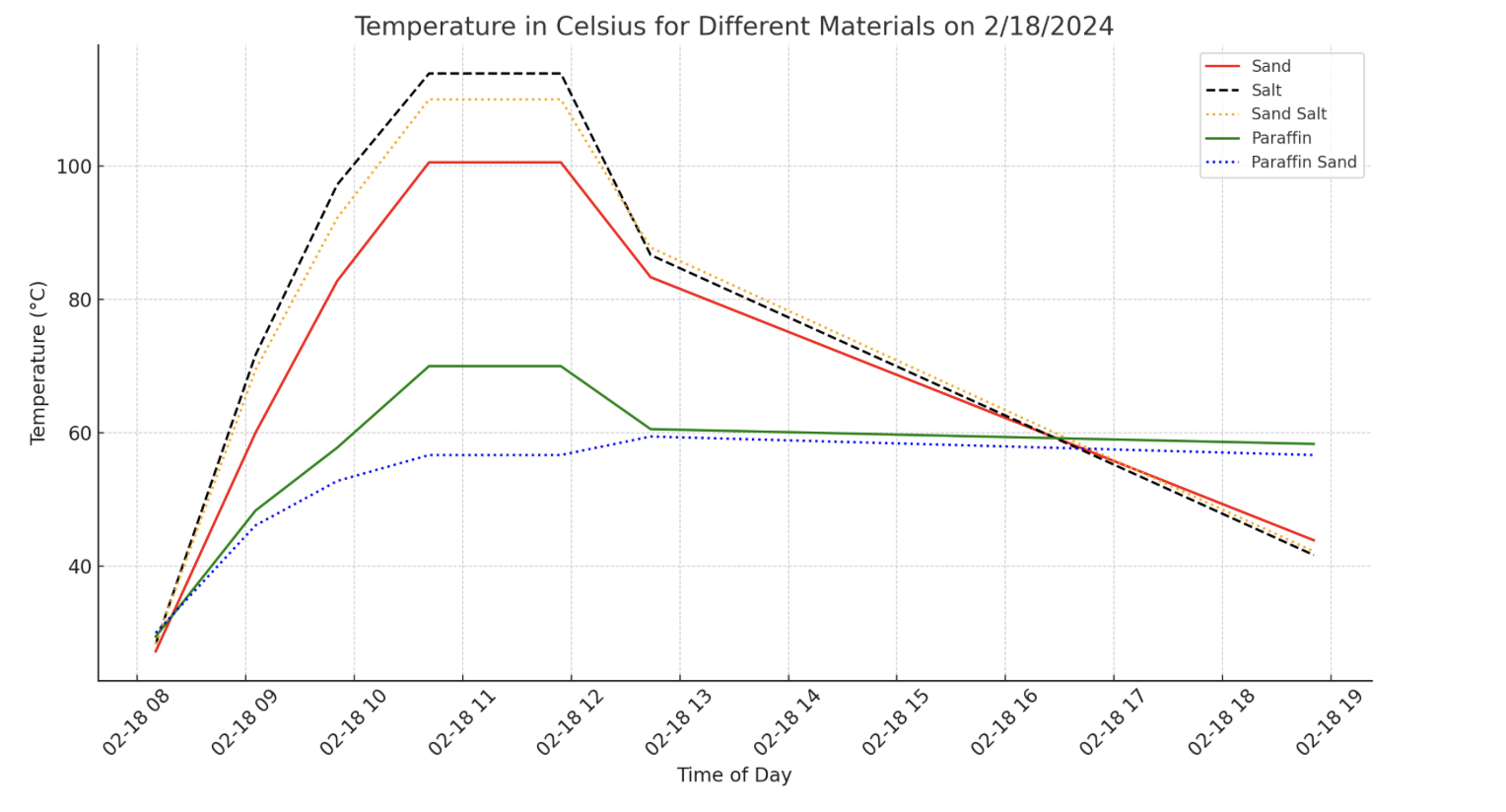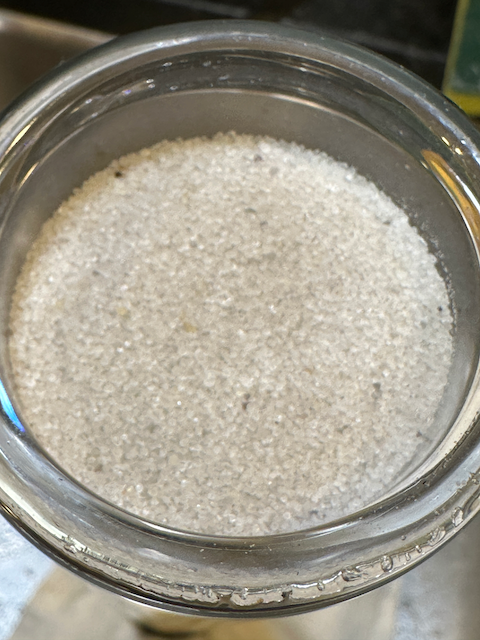
A Revolutionary Approach to Desalination and Energy Storage by Harnessing the Power of Sand and Salt
The Innovation: A Thermal Battery for Desalination and Energy StorageIn an era where sustainable solutions are imperative for our energy and water needs, a groundbreaking technology emerges, leveraging the seemingly mundane elements of sand and salt to address these challenges. This novel approach ingeniously combines sand, salt, and renewable energy sources to create a thermal battery system capable of both desalinating water and storing energy.At the heart of this technology is a thermally insulated container filled with sand. When heat is applied, sourced from solar photovoltaics (PV), waste heat, or surplus wind energy, the sand becomes a medium to store this thermal energy. The addition of seawater to the heated sand results in flash steam generation, similar to a hot geothermal well. This steam is then condensed and recaptured as fresh, desalinated water, offering a dual benefit: clean water production and energy storage. As part of the energy release, the heat is used to power a Infinity Turbine Organic Rankine Cycle turbine generator to produce electricity. The core element of the system is the sand and salt combined thermal storage. Closed loop heat transfer thermal oil or CO2 can be used for primary Brayton Cycle power generation, if desalination is not needed. The system is scalable from 2 kW to over 1 MW.Key Features of the Sand and Salt Battery System:1. Desalination: The process begins after the sand is heated. As saltwater is applied to the sand, the water is flash evaporated, and leaves behind a higher concentration of salt.2. Power Generation: As the flashed water vapor is condensed, the waste heat is used by a Infinity Turbine Organic Rankine Cycle Turbine Generator to make power. The ORC power is preferred since a pressurized steam system (and regulations) is not required. The ORC power generator is, in effect, a heat pump.3. Time of Use Flexibility: The system can be charged during the day using solar PV and then utilized at night to capture and store heat, offering a flexible solution for energy management. Or with night-time unused wind energy, can charge at night when the grid no longer accepts energy input.4. Diverse Energy Sources: The system is compatible with various energy sources, including PV, wind energy, industrial waste heat, solar thermal, and peaker plants.5. Integration to make power with Infinity Turbine ORC or with Cavgenx Heat Pump Turbine: This enhances the system’s efficiency in energy conversion and storage. orc power generation6. Elimination of Brine Discharge: One of the most significant environmental benefits is the absence of harmful brine discharge, a common issue in traditional desalination methods.7. Sale of By-Products: The residual salt can be harvested and sold, creating an additional revenue stream.8. Application in Winter Road Treatment: The sand and salt mixture can be repurposed for de-icing roads during winter, showcasing its versatile utility.9. Use in the Oil and Gas Industry: The system can employ flare gas to heat and condition producer water, demonstrating its adaptability to various industrial needs. The sand battery can be heated and stored for days, then used when needed for producer water treatment.10. Lime as Heat Storage Media (without salt): As an alternative to sand, crushed Limestone can also be used. With a high energy storage density of greater than 1000 kJkg-1, it can be pre-heated and then used as the ingredient for raw meal, in the production of cement.Environmental and Economic ImpactsThe sand and salt battery system presents a sustainable solution to two of the world's most pressing issues: water scarcity and the need for renewable energy storage. By leveraging natural and abundant materials, such as sand and salt, and coupling them with renewable energy sources, this technology not only aids in water desalination but also in reducing our carbon footprint.Moreover, the economic benefits are noteworthy. The ability to sell the by-product, salt, adds a profitable dimension to this technology. Additionally, the system's adaptability to various industries, from road treatment to oil and gas, broadens its market potential.Looking Ahead: A Sustainable FutureThis innovative approach stands as a testament to the power of combining traditional materials with modern technology. The sand and salt battery system is not just a technological marvel; it's a step towards a more sustainable and resource-efficient future. As we continue to confront the challenges of climate change and resource scarcity, solutions like these pave the way for a greener, more sustainable world.
